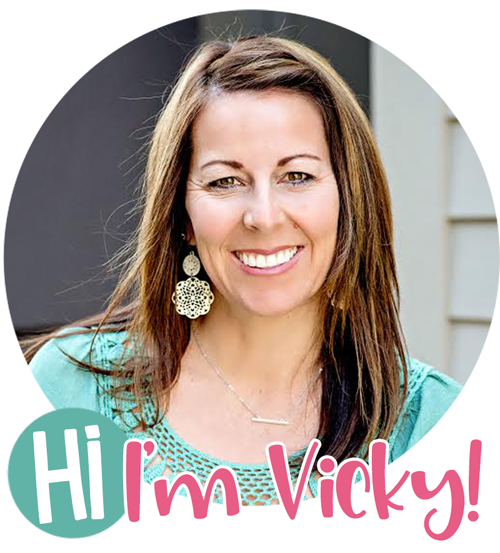In the world of education, the importance of oral language development cannot be overstated. If you are looking for some oral language tips you have come to the right place. Oral language serves as the building block for your student’s future academic success, impacting not only literacy skills but also overall communication abilities. As a veteran teacher I have found that it is even more important in the recent years due to the fact that more and more children have their face planted on a device much of the time. Seeing toddlers on devices at restaurants with ZERO interaction from the parents literally breaks my heart.
As educators, there are some things we can do to support our students with this…and the best part – it’s free and doesn’t require spending any money. Where do I sign!?!?
It is quite easy to integrate strategies to build oral language within lessons or to even motivate students to be curious in learning vocabulary and using it correctly. Let’s explore the significance of oral language development and practical ways to incorporate it seamlessly into various lessons.
Why is Oral Language so important?
Oral language lays the groundwork for effective communication. It is the vehicle through which thoughts, ideas, and emotions are expressed. Strong oral language skills enable students to articulate themselves clearly, fostering better understanding in both academic and social contexts. As a child growing up in the 70’s, we actually had a full kitchen in our kindergarten classroom and the amount of problem solving that took place during play was amazing!
Proficiency in oral language is closely intertwined with literacy development. Read that again! A solid foundation in speaking and listening skills provides a springboard for reading and writing. Students with robust oral language skills often exhibit more advanced reading comprehension and writing abilities.
Engaging in verbal discussions and expressing ideas orally promotes critical thinking. It encourages students to analyze, synthesize information, and construct logical arguments. The ability to communicate effectively is crucial for problem-solving in various academic subjects.
Oral language is not merely a tool for academic success; it plays a pivotal role in social and emotional development. Students who can express themselves confidently are better equipped to navigate social interactions, build relationships, and understand the emotions of others. Building oral language inevitably builds confidence.
Practical Strategies for Building Oral Language
Design lessons that include structured conversations. This could involve think-pair-share activities, small group discussions, or whole-class debates. Encourage students to express their thoughts clearly and actively listen to their peers. I have used rubrics in the past during presentations for both speaking & listening grades. Hold students accountable – break them up into small groups or partners and make oral interaction a must as part of the lesson/grade. It’s a non negotiable.
What can I do to make it easy for my students?
You can read about how I use talking sticks here on this blog post. I create an expectation that my students will plan, speak, and engage in conversations in my classroom. They know it’s very important to me – so it should be important to them as well. I have worked to ingrain vocabulary /oral language into every lesson or read aloud that I give each day. As you can see the talking stick is so basic but serves as a scaffold or reminder to have an active role in the conversation. You are either holding the stick and talking or you are looking at the person and actively listening.

Infuse vocabulary-building exercises into lessons. Introduce new words, discuss their meanings, and encourage students to use them in sentences. Create a word-rich environment that sparks curiosity and fosters a love for language. This is the little habit that I have managed over the years to slip into almost every lesson of my day. It’s eye opening when you ask a student to use a word in a sentence and they either pronounce the word incorrectly or use it out of context.
If technology is a MUST in your district: Leverage technology to incorporate interactive multimedia elements. Use platforms that encourage verbal responses, such as video reflections, Seesaw or podcast creation, provide students with alternative and engaging ways to express themselves orally.
In every lesson, the intentional integration of activities that promote oral language development is key to nurturing well-rounded and articulate individuals. By recognizing the pivotal role of oral language in communication, literacy, critical thinking, and social development, educators can create an environment where students flourish not only academically but also personally.
Try it Out
Through just a few tweaks within lessons you can build oral language in your classroom ten fold. Be intentional about it and let us know how much your students grow.





